With the rapid development of urbanization, the production of wet garbage and leachate is increasing day by day. Traditional treatment methods not only face environmental challenges, but also high economic pressure. At the same time, sewage treatment plants generally suffer from insufficient carbon sources, resulting in low nitrogen and phosphorus removal efficiency. If these large amounts of high concentration organic wastewater can be utilized and converted into liquid or solid carbon sources, it can not only achieve the resource utilization of organic waste, but also reduce the external carbon source cost of sewage treatment plants and carbon emissions, achieving the dual goals of pollution control and resource regeneration, and forming a circular economy model of "treating waste with waste".
In response to the challenge of treating high concentration organic slurries, Techase has launched a new technology - the directional fermentation carbon source conversion reactor, which uses waste to treat waste and achieves complete resource utilization of wet garbage/leachate and collaborative disposal of urban sewage, significantly reducing treatment costs. And with the precise regulation of fermentation process AI intelligent agents, they can perceive the environment, analyze information, and take action to achieve specific goals. The process has replaced traditional carbon source processes such as glucose and sodium acetate, resulting in cost savings of 60-70% under the same denitrification effect. This not only reduces costs and increases efficiency for enterprises, but also helps achieve carbon emission reduction goals.

Since its launch, the directional fermentation carbon source conversion reactor equipped by Techase has been applied in numerous cases. This case came to Wenzhou, Zhejiang, where carbon source conversion treatment was carried out on the leachate from the local garbage transfer station.
Wenzhou Carbon Source Project
Project Overview
The project is an EPC project for the construction of a complete set of equipment and supporting facilities for the preparation of carbon sources from 32t/d garbage leachate in 31 garbage transfer stations, including Wuma Street, Songtai Street, Binjiang Street, etc., mainly covering the collection and treatment of leachate. After directed fermentation, the leachate is transformed by microorganisms to prepare the carbon source required for wastewater treatment.
Technological Process

The preparation of carbon sources from leachate in domestic waste transfer stations mainly adopts the "directed fermentation" treatment process. The main process flow is that the leachate from the transfer station is collected and transported by tank trucks to the on-site grid tank, where it undergoes impurity removal pretreatment before being pumped into the regulating tank by a lift pump. At the same time, alkali agent is pumped into the regulating tank to adjust the pH value of the tank. The leachate in the regulating tank is lifted into the directed fermentation biochemical reaction tank, where the directed fermentation of the slurry is achieved by controlling the process conditions to produce volatile fatty acids. The carbohydrates in organic waste are biotransformed and utilized to obtain high-quality carbon sources for sewage treatment.
Process Characteristics
(1) Simple process and few supporting equipment;
(2) Directed fermentation with high acid production efficiency;
(3) Short reaction cycle and high production capacity per unit time;
(4) The transformation of carbon resources from waste to useful resources has improved the efficiency of resource utilization;
(5) The realization of resource recycling and sustainable development helps to promote the transformation of the social economy towards a greener and low-carbon direction.
Technical highlights: Carbon source fermentation process AI intelligent agent, AI intelligent precise control
In the context of dual carbon, the application of carbon source technology is of great significance. Not only can it turn waste into treasure by converting organic waste into carbon sources, reducing environmental pollution and the cost of purchasing carbon sources, but it can also reduce carbon emissions to a certain extent, promote circular economy, and drive sustainable development. In the future, Techase will continue to deepen its cultivation and contribute to the construction of green environmental energy industry.

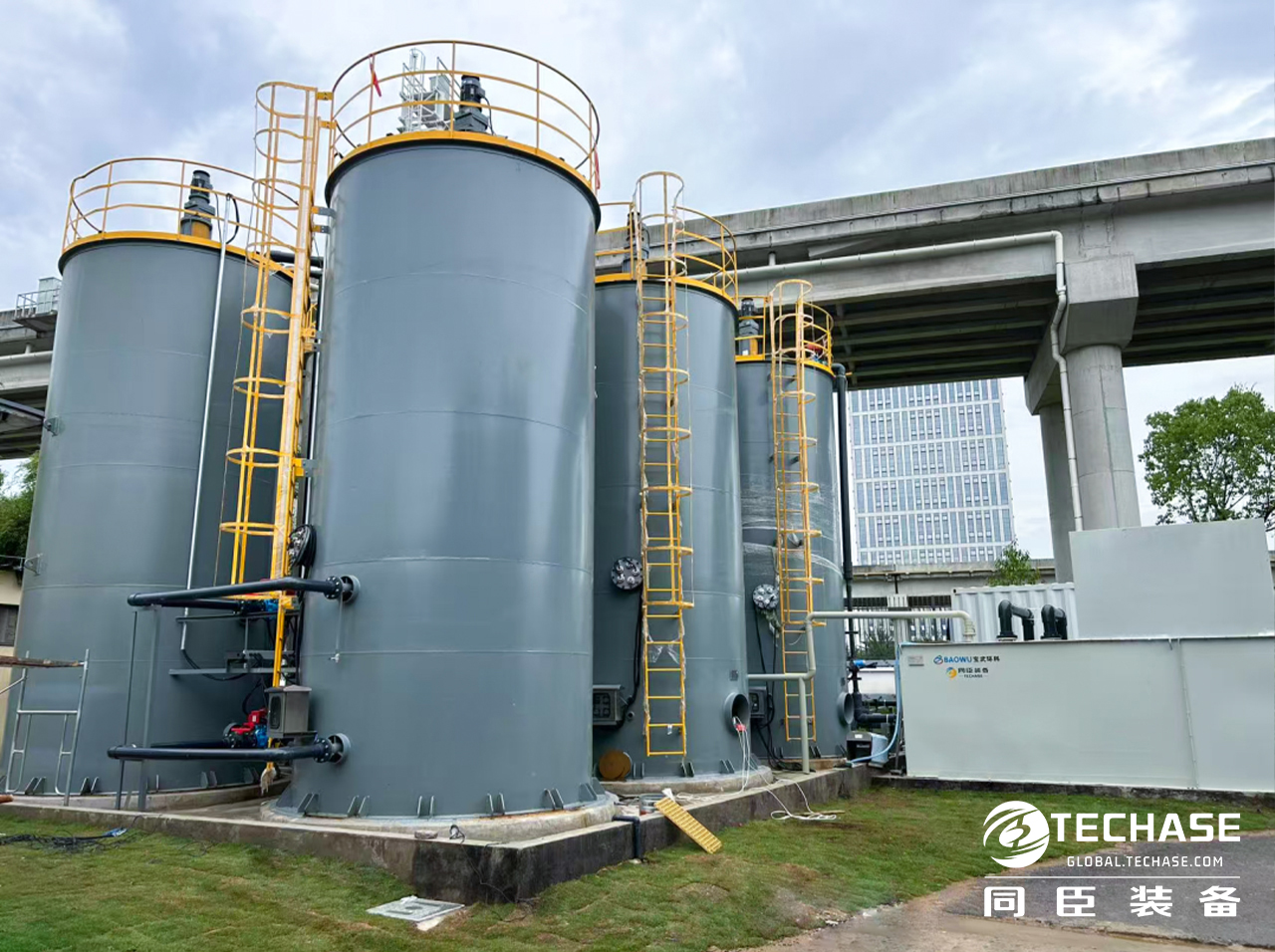
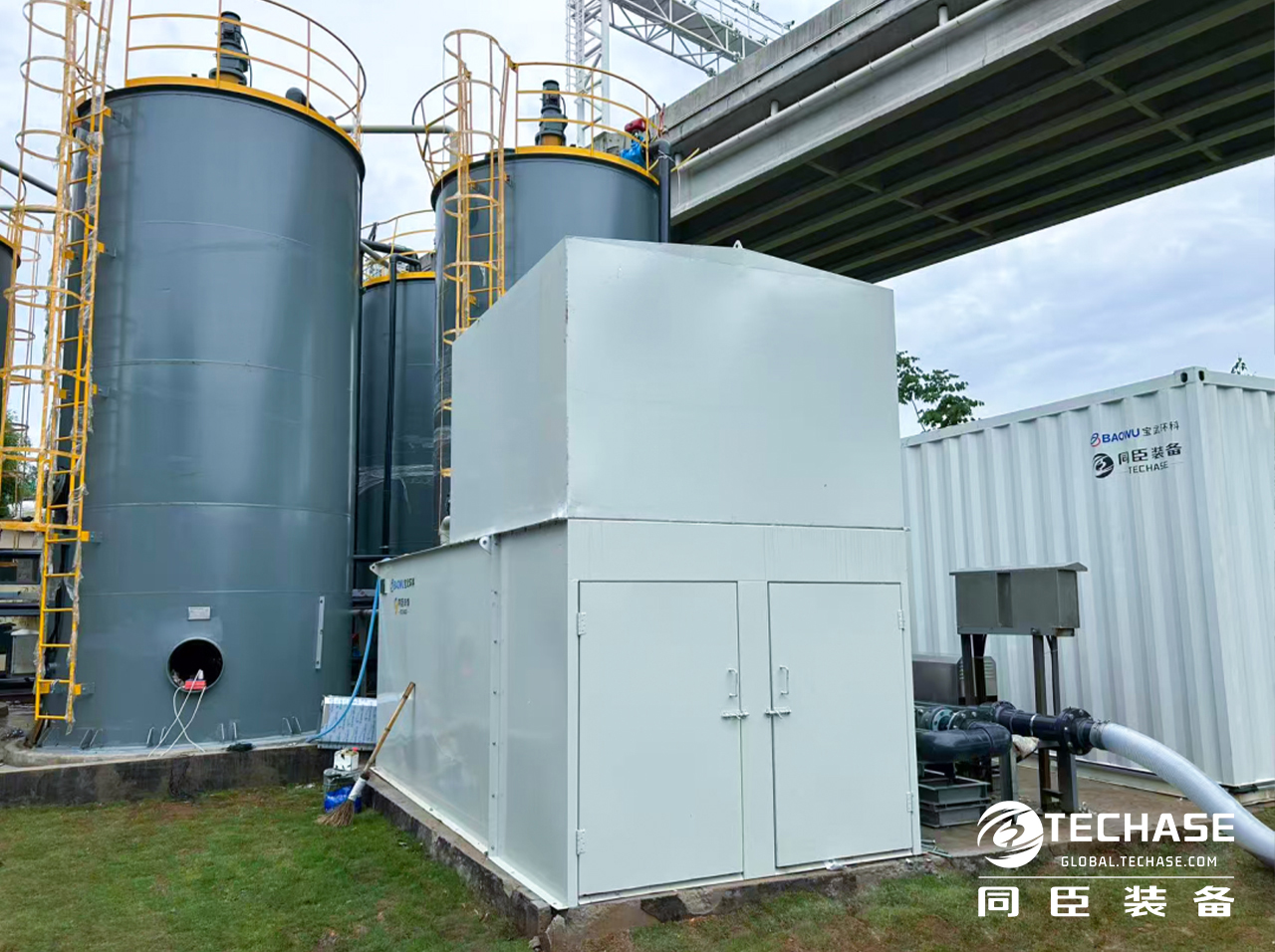

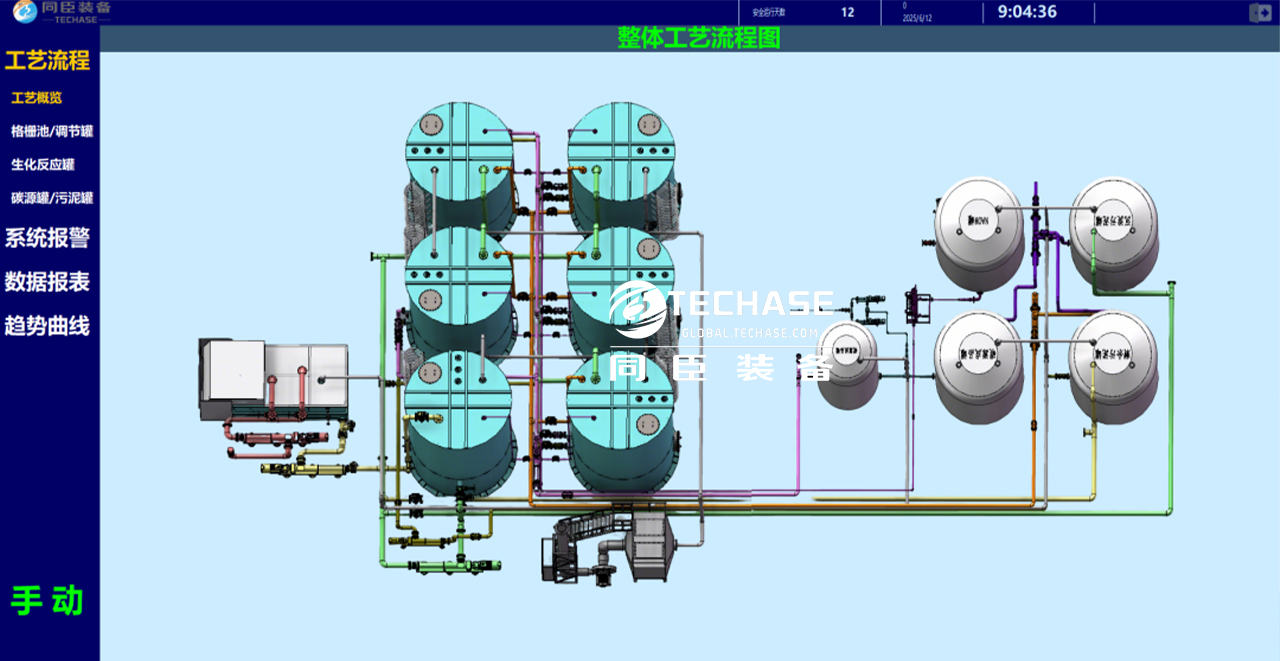
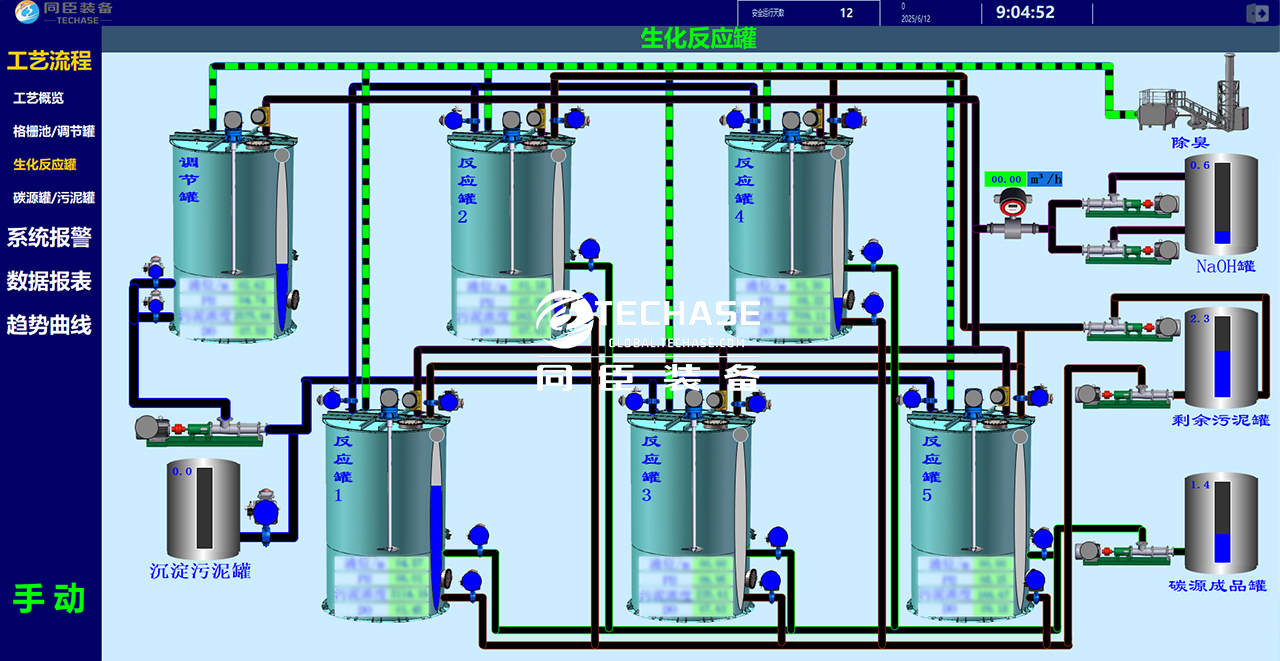
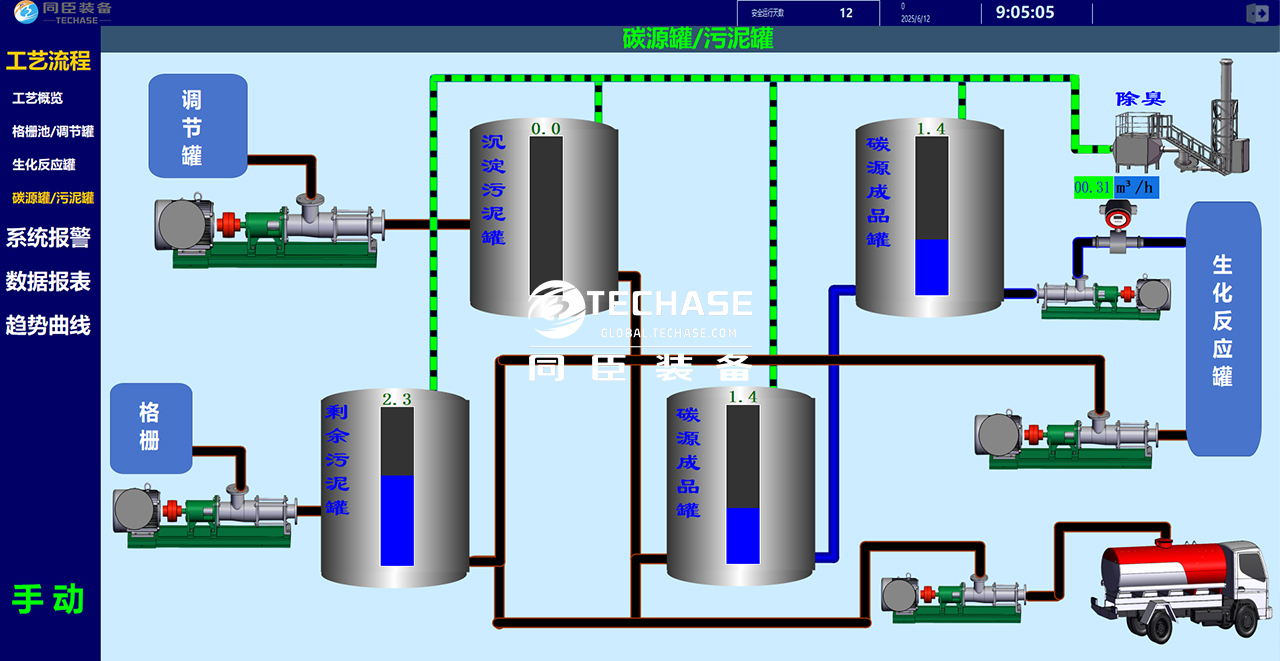
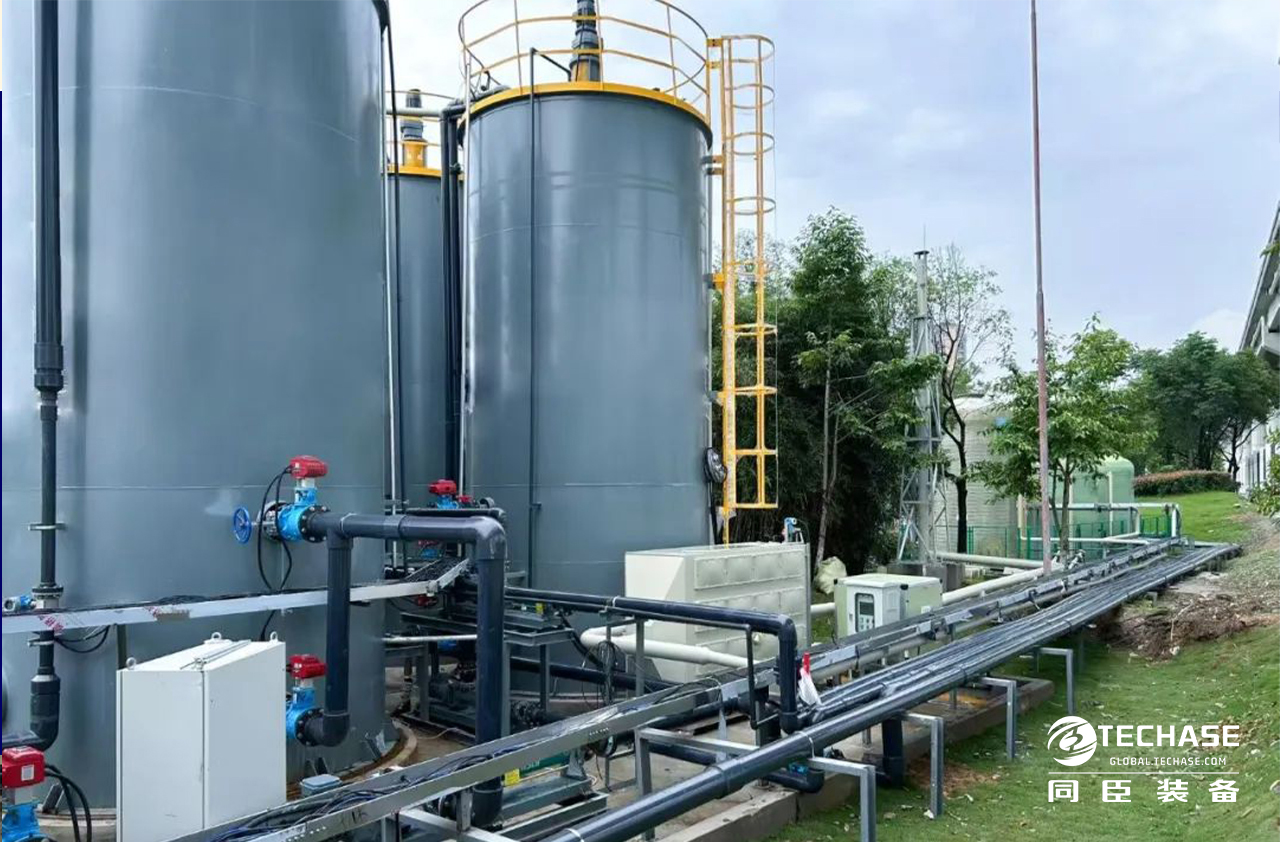
 扫一扫咨询微信客服
扫一扫咨询微信客服